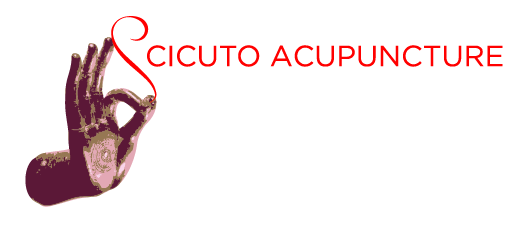Acupuncture and self-care for plantar fasciitis (or what I did on my summer vacation)
While I was on my summer vacation this year, I wore a pair of flat, unsupportive sandals a lot for a few days. By the end of one night, I could barely walk on my right foot. When I got out of bed in the morning, the first steps I took were severely painful. It kind of felt like I was walking on glass.
I wrote to my medical doctor and told him what was going on. He said that what I was describing was ‘classic plantar fasciitis’.
What is plantar fasciitis? It’s an inflammation of the plantar fascia – the connective tissue at the bottom of our feet. There have been studies showing the effectiveness of acupuncture for heel pain due to plantar fasciitis. In Chinese Medicine terms, when we treat plantar fasciitis, we are moving Qi and strengthening the Liver, which is in charge our fascia, tendons and ligaments. We are also strengthening the Kidneys, which are in charge of our lower legs, ankles and feet.
Since I’m an acupuncturist, I decided to needle myself. (It’s not easy to needle your own feet. I had friends and family sit nearby chatting with me to distract me.) I’d needle myself and do moxibustion twice a day, on the recommendation of another acupuncturist, Jody Stege. It felt a lot better after only one treatment, so I diligently kept at it while I was away. I bought inserts for my shoes and I vowed to throw away those sandals that got me into this predicament in the first place.
When I got back from vacation, Kaitlyn Rhoades from OnPointe Training sat down to talk with me about exercises to help alleviate plantar fasciitis. She says:
You really want to think a lot about the calf, and the lower extremity from the knee down to the foot. If you’re wearing really flat shoes, your arches aren’t supported, . . . your heel is basically being tugged down a little bit, so it’s putting a lot of strain on your calf and the muscles aren’t working properly.
Kaitlyn showed me some exercises. Here are her suggestions:
- Calf stretch: Start by facing a wall and put your hands on the wall. Take one foot back. You want the heel to be completely down and bend your front knee. If you don’t feel the calf stretch, slightly bend the back knee. If you feel any pain in your Achilles tendon, walk your back leg forward for a more gentle stretch.
- Shins: Put your back against the wall and move about two inches away from it. Flex your feet, activating your shins. Don’t squeeze your butt, squeeze your shins to pull yourself to a standing position. Flex your feet and lean back against the wall. Again, focus on using your shins.
- Do the alphabet with your ankle: This gets your foot to its proper function from being in shoes that were pulling your heel down.
- Roll out your calves with a foam roller if it’s comfortable. You do not roll out your feet with plantar fasciitis – it’s like little micro tears in the bottom of your feet and a tennis ball or foam roller will make it worse.
I have continued to do acupuncture and moxibustion on myself. I also get massage and chiropractic regularly. If you have plantar fasciitis, consider getting one or more of these therapies. Since I’m a very big proponent of do-it-yourself care, here are things you can do at home to help heal from plantar fasciitis:
- Do the exercises Kaitlyn suggested every day.
- Use shoe inserts that are specific for plantar fasciitis.
- Apply Pain Terminator brand patches on the heel(s) at night. This helps lessen the pain when you wake in the morning.
- Do moxibustion at home on the sole of your foot, ankle and in the area on the lower leg below the gastrocnemius as shown below:
- Do gua sha on the same areas as you do moxibustion. Alternate doing gua sha and moxibustion – you don’t have to do them both in the same day, but doing at least one will speed healing time.
Ask your acupuncturist for instructions if you are unfamiliar with moxibustion or gua sha. It can take time to heal from plantar fasciitis because we need to walk on our feet every day. But with these suggestions, you’ll be well on your way.



